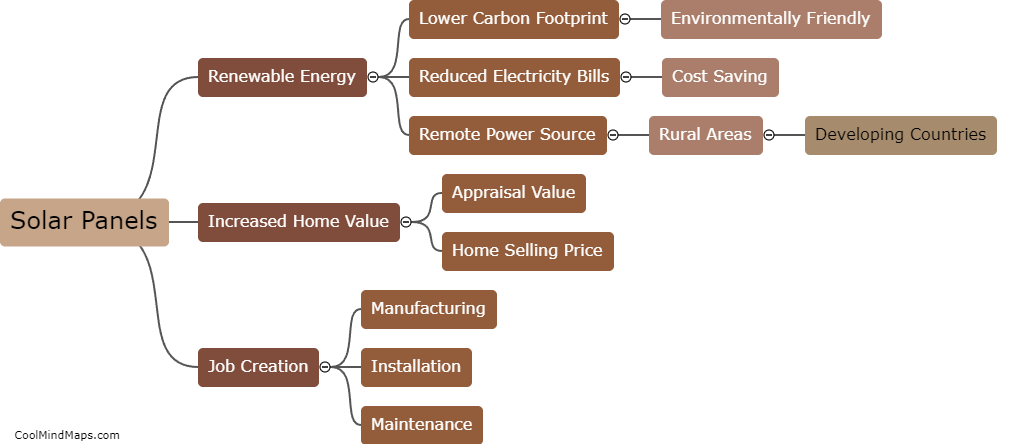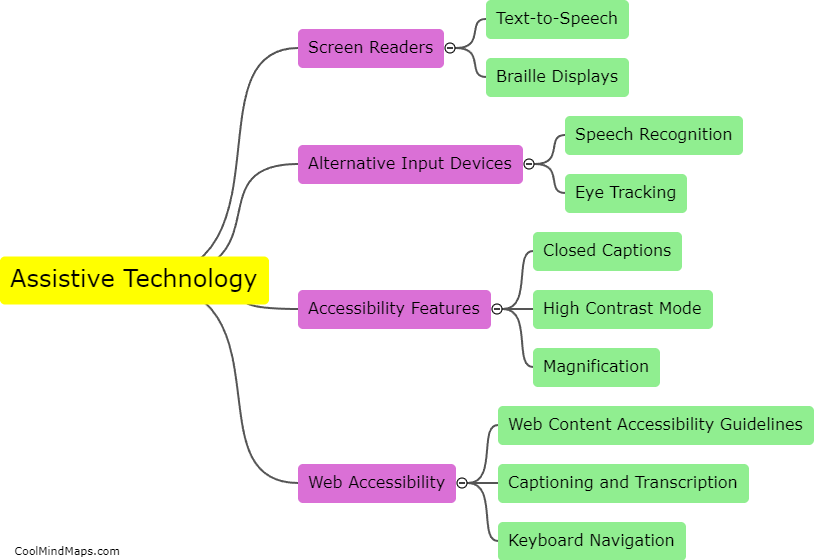How do tint transition windows work?
Tint transition windows, also known as photochromic or transitional windows, work by utilizing a special coating or film that contains tiny particles of silver halide or other light-sensitive chemicals. When exposed to ultraviolet (UV) radiation, such as sunlight, the particles react by darkening and absorbing a portion of the light that passes through the window. As the UV radiation decreases, such as when the sun sets or when a car enters a tunnel, the particles gradually return to their clear state, allowing more light to pass through the window. This technology is commonly used in eyeglasses, car windows, and other applications where the amount of light that passes through the window needs to be adjusted based on the surrounding environment.

This mind map was published on 24 May 2023 and has been viewed 108 times.











